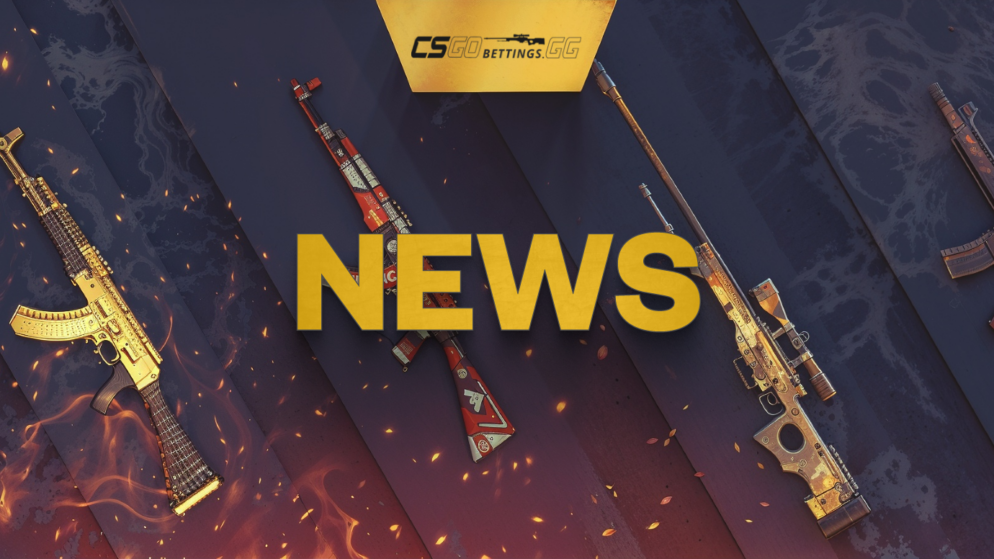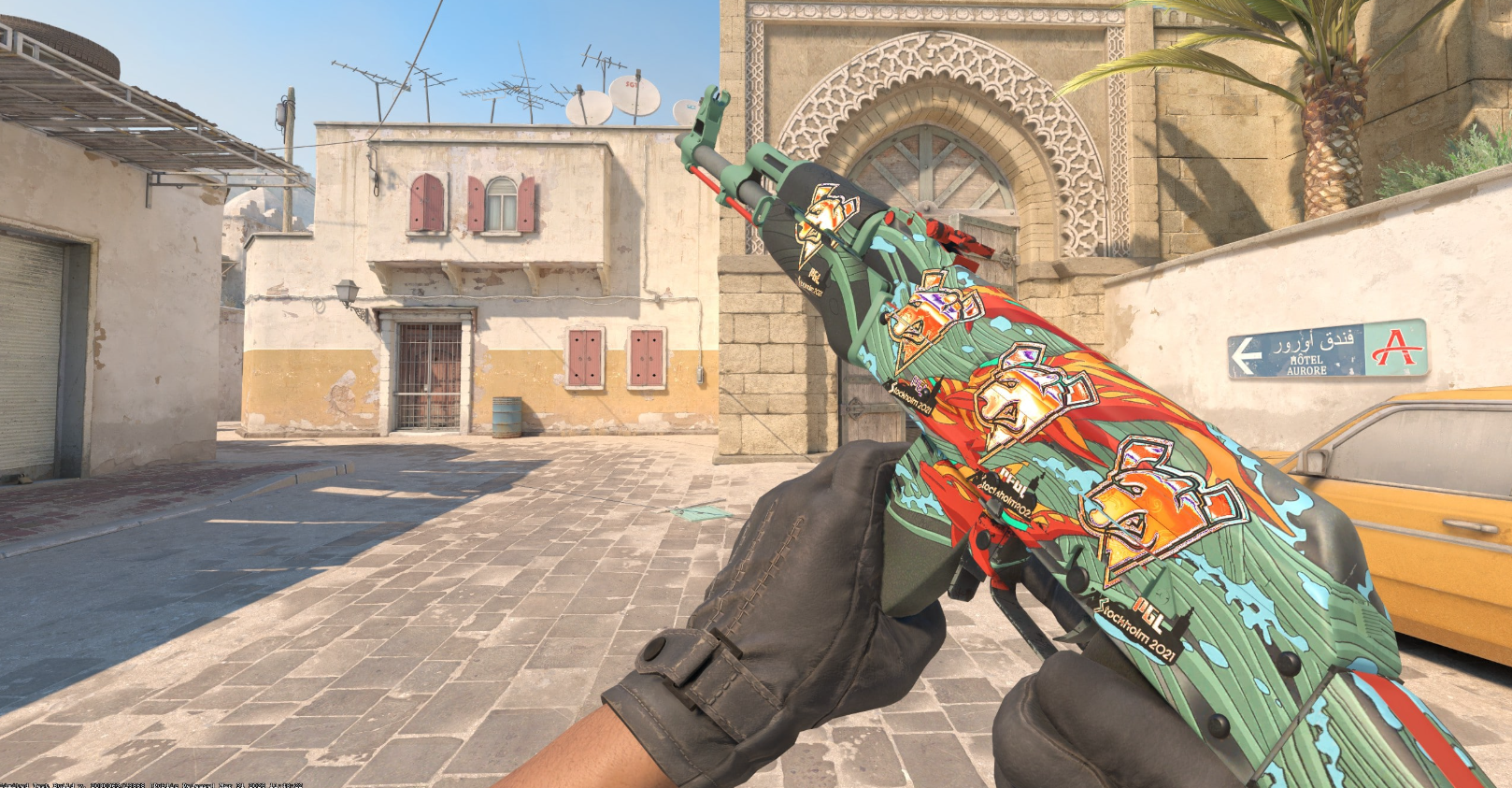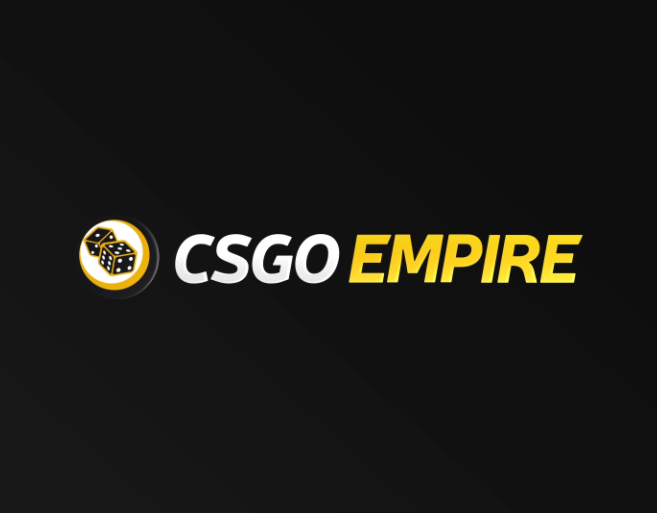

Following Valve’s introduction of Trade Protection – a mechanism that allows trades to be reversed within seven days — the CS2 skin market recorded a drop of more than $615 million in tradeable inventory volume over six days. The update didn’t directly cap prices or ban items, but it disrupted the functional cycle of trading by adding a time delay to asset liquidity. The result is a market moving slower, but more predictably.
Mechanism Overview
- Every traded item becomes Trade Protected for 7 days after transfer.
- During this window, the item cannot be re-traded, sold, or transferred.
- If rollback is triggered, both sides regain their original items and the returned asset is frozen for 30 more days.
- After 7 days, if no rollback is used, the item regains full tradability.
This introduces an irreducible time lag into every transaction. Velocity drops. Short-term liquidity vanishes.
Market Response in Numbers
| Date | Market Movement | Context |
|---|---|---|
| July 17–22 | –$615M | Listings withdrawn, flipped positions closed |
| July 23 | +73M | Initial recovery phase |
| July 24 | +112.5M | Mid-tier trading reactivation |
Market Functionality: Key Shifts
Short-Term Trading Disrupted
Pre-patch, most trades cycled in under 72 hours. Post-patch, the minimum delay is seven days. For rolled-back assets, this extends to 37 days. Flip strategies have effectively collapsed. The only remaining liquidity lives in longer hold cycles or direct value swaps.
Listings Shrink, Risk Aversion Spikes
Marketplaces like Buff163 and Skinport report a 35–42% drop in new daily listings, especially in items under $250. Sellers are moving from market to inventory – not to reprice, but to wait out time locks.
Escrow and Mid-Term Holding Models Dominate
Instead of aiming for 5–10% margin in 48 hours, traders now operate on 10–14 day cycles with selected inventory. Focus is shifting toward long-term stable assets – Poseidon, Butterfly Sapphire, M4A4 Howl, which carry low volatility and high resale identity.
High-Turnover Retail Has Paused
Mass-market liquidity collapsed. Budget-tier inventory ($15–50) is now rarely listed, and demand is inconsistent. Many casual or small-bankroll players have left the market entirely.
Resilient Segments
| Segment | Avg. Price Shift | Liquidity Comment |
|---|---|---|
| Contraband / Collectibles | 0% | Stable floor, zero forced exits |
| High-end Knives (FN/ST) | –3% to –6% | Moderate cooldown, solid retention |
| Mid-Tier ($100–200) | –8% to –14% | Pressure from liquidity freeze |
| Mass-Market ($15–50) | –15% to –20% | Seller fatigue, demand collapse |
Conclusions for Traders
- Liquidity has declined, but the quality of circulation has improved. Assets are held longer, sold less aggressively, and show lower price volatility. This rewards strategic patience.
- Short-term speculation is no longer viable. The new trading cycle requires holding inventory for a minimum of 10 days to maintain liquidity and reduce rollback risk.
- Focus has shifted to assets with minimal exposure – ideally those with transparent ownership history, limited prior trades, and no recent transaction records.
- The item-for-item mechanism has regained popularity. It remains the only zero-delay path for rotation, and a hedge against blocked capital.


|
Mary S Colbert is a Chief Content Editor at csgobettings.gg, specializing in CS2 with over 8 years of experience as an e-sports analyst. Her informative articles on the game have made her a go-to resource for fans and her expertise is widely respected within the industry.
|














